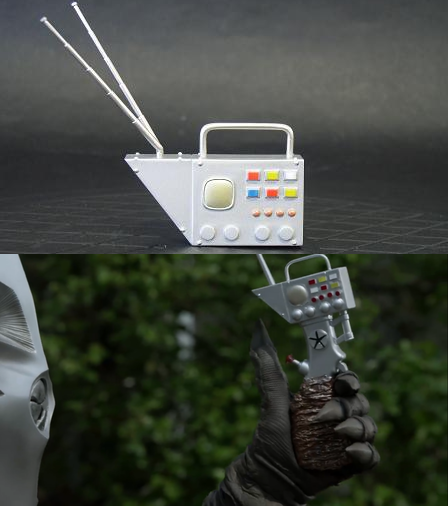

The need for a pulsed pump adds complexity and severely limits the speed and spectral efficiency of the signal. Thus, picosecond pulsed lasers with a high peak power are required for the pump. However, the conversion efficiency is limited due to intrinsic material properties and two-photon absorption (TPA) induced nonlinear loss. Demonstrations based on silicon nanowaveguides have shown the feasibility of bridging the telecom bands and the 2-μm band 26, 27, exhibiting a large conversion bandwidth of 820 nm 26. By translating the wavelength of the signal forth and back using degenerate four-wave mixing (FWM), one can effectively build coherent transmitters and receivers for new wavelength bands. Developing these crucial devices is a cost-intensive and time-consuming process and it has been a major obstacle to opening up new wavelength bands.Īn alternative solution is the use of spectral translation as a method to provide a bridge between the telecom bands to any other wavelength band of interest for optical transmission. However, it is generally very challenging to build a complete coherent optical communication system for wavelength bands away from C and L, due to the lack of telecom-grade, commercially available narrow-linewidth lasers, I/Q modulators, and coherent receivers, including for wavelength bands such as O, E, S or U, and beyond.

#Ultra translator free
Also, an ambitious vision of utilizing the huge bandwidth resources of free space could support a possible universal solution for future ubiquitous optical communications with unlimited sustainability 25. New fibre technologies have emerged which give rise to the possibility of transmitting optical signals for instance in the 2-μm band 18, 19, 20, 21 and the 1-μm band 22, 23, 24. The potential to open up new wavelength bands is now attracting significant interest 17. Today, coherent optical communication systems in the conventional wavelength bands are reaching their capacity limits 14, 15, 16. Yet, coherent transceivers need to be specially designed and are only available for the conventional C and L bands 11, 12, as well as recently the S band 13. The complex field of the signal can be completely recovered after transmission by a coherent receiver, in which the linear transmission impairments such as chromatic dispersion can be fully compensated by digital signal processing 9, 10. Using coherent optical communication, information can be encoded onto optical carriers with advanced modulation 4, 5 and multiplexing 6, 7, 8 in the complex domain by I/Q modulators. Today, coherent technology has expanded its applications from long-haul, large-capacity transmission to metro networks and short-reach links 2 due to advances in electronic and photonic devices which have enabled tremendous cost and power consumption reductions 3. Owing to its overwhelming advantages in terms of spectral efficiency and receiver sensitivity 1, coherent optical communication has significantly increased the capacity and transmission distance of fibre networks and has been critical to meeting the ever-increasing data traffic demands of the worldwide internet. Our demonstration paves the way for transmitting, detecting, and processing signals at wavelength bands beyond the capability of today’s devices.Ĭoherent optical communication is a truly revolutionary technology that has transformed old and overburdened optical fibre networks into data superhighways. We demonstrate 318.25-Gbit s −1 Nyquist wavelength-division multiplexed coherent transmission over a 1.15-km hollow-core fibre using this approach. We demonstrate coherent transmission in the 2-μm band using well-developed conventional C-band transmitters and coherent receivers, as an example of the potential of the spectral translators that could also unlock communications at other wavelength bands. The spectral translators are continuous-wave laser pumped aluminum gallium arsenide on insulator (AlGaAsOI) nanowaveguides that provide a continuous conversion bandwidth over an octave. Here, we present an on-chip continuous spectral translation method that leverages existing commercial transceivers to unlock the vast and currently unused potential new wavelength bands. However, this ordinarily requires the development of optical transceivers for any new wavelength band, which is time-consuming and expensive. Opening up new wavelength bands is becoming an appealing solution to the capacity crunch. Today’s optical communication systems are fast approaching their capacity limits in the conventional telecom bands.


 0 kommentar(er)
0 kommentar(er)
